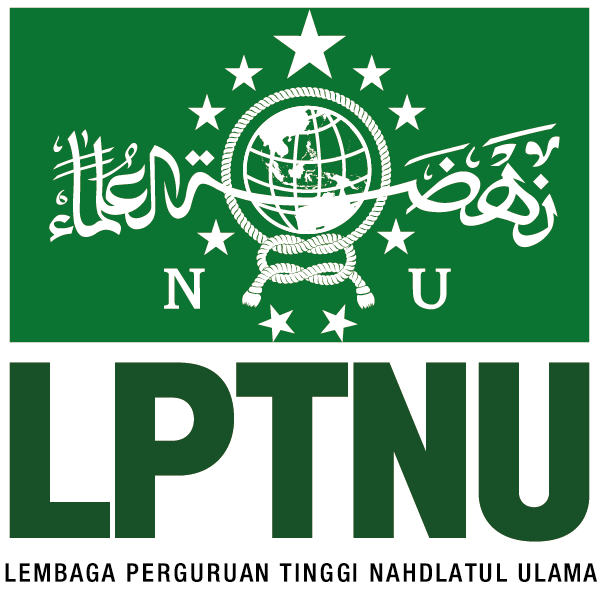An Exploration of Calligraphic Art within the Context of Islamic Thought
DOI:
https://doi.org/10.55210/rv0km772Abstract
This research discusses and describes the importance of calligraphy art in the view of Islam. In Islam, art is seen as something very valuable, and encourages appreciation of beauty, science, technology, and art itself. Calligraphy, as one of the art forms that plays an important role in Islam, is a written art that has high aesthetic value. According to Shaykh Shamsuddin al-Afkani, calligraphy includes understanding the shape of letters, the placement of letters, and how to assemble them into quality writing. Calligraphy reflects the deep meaning of art in Islam and becomes a distinctive spiritual expression. This research uses the literature study method by collecting data from various sources such as books and scientific reports that are relevant to the topic of study. The findings show that the art of calligraphy in Islam has a unique and distinctive aesthetic beauty, and is part of the Arab cultural heritage that needs to be appreciated and understood wholeheartedly.
Downloads
References
Fitriani, L. (2011). The Art of Calligraphy: Its Role and Contribution to Islamic Civilization. El- Harakah: Journal of Islamic Culture, 13(1).
https://www.academia.edu/download/36968001/issue_3_9_19_2.pdf
Jinan, M. (2010). Calligraphy as an Aesthetic Reception of Islam. Suhuf, 22(2), 142-156.
Lestari, N. H. P., Ichsan, Y., Sukriyanto, R., & Asela, S. (2021). The Urgency of Calligraphy Fine Art in Islamic Education. Palapa, 9(1), 126-136. https://doi.org/10.36088/palapa.v9i1.1063
Lukmanul Hakim, A. (2020). Islamic calligraphy. Journal of Philosophy and Islamic Thought, 20(1), 12.
MS, A. (2018). Art Education in Islam. Ittihad, 2, 218-224.
Pinem, M. (2015). Art Expression in Islam A Study of the Thought of Ismail Raji Al-Faruqi. Suhuf, 5(2), 271-287. https://doi.org/10.22548/shf.v5i2.43
Purwanto, Y. (2010). Art in the View of the Quran. Journal of Sociotechnology, 19 (April), 782-796.
Rafles, M. (2017). History Development Calligraphy. 20-42. http://repository.uin-suska.ac.id/20581/8/8. CHAPTER III
Rizali. (2012). The Position of Art in Islam. Journal of Islamic Cultural Arts Studies, Tsaqafa, 1(1), 1-8.
Safliana, E. (2018). Art in Islamic Perspective. Futura Islamic Scientific Journal, 7(1), 100. https://doi.org/10.22373/jiif.v7i1.3058
Santoso, M. B., & Salim, M. S. (2018). Transcendental Principles in Islamic Visual Arts. Tasfiyah, 2(2), 271. https://doi.org/10.21111/tasfiyah.v2i2.2577
Wildan, R. (2007). Art in Islamic Perspective. Islam Futura, VI(2), 78-88.






